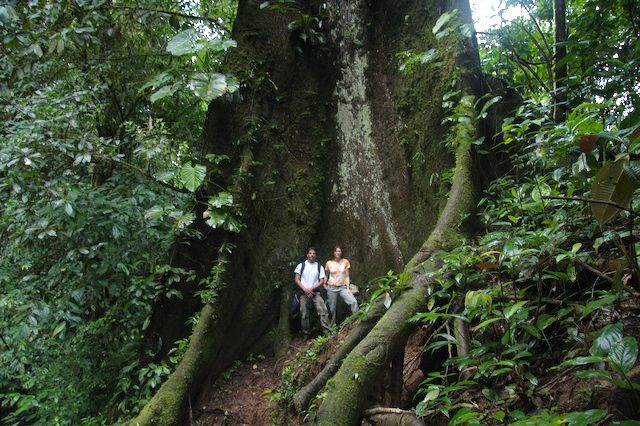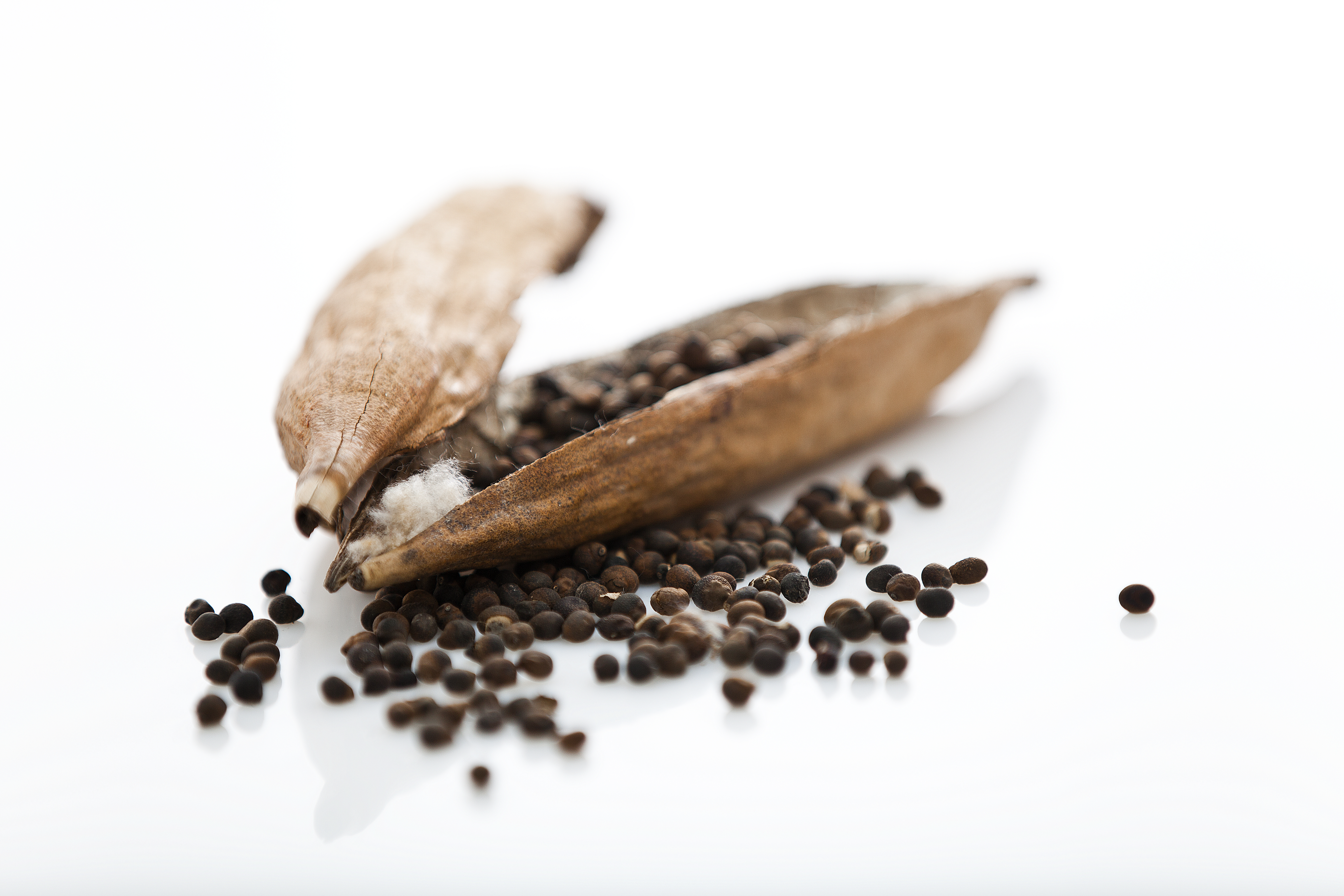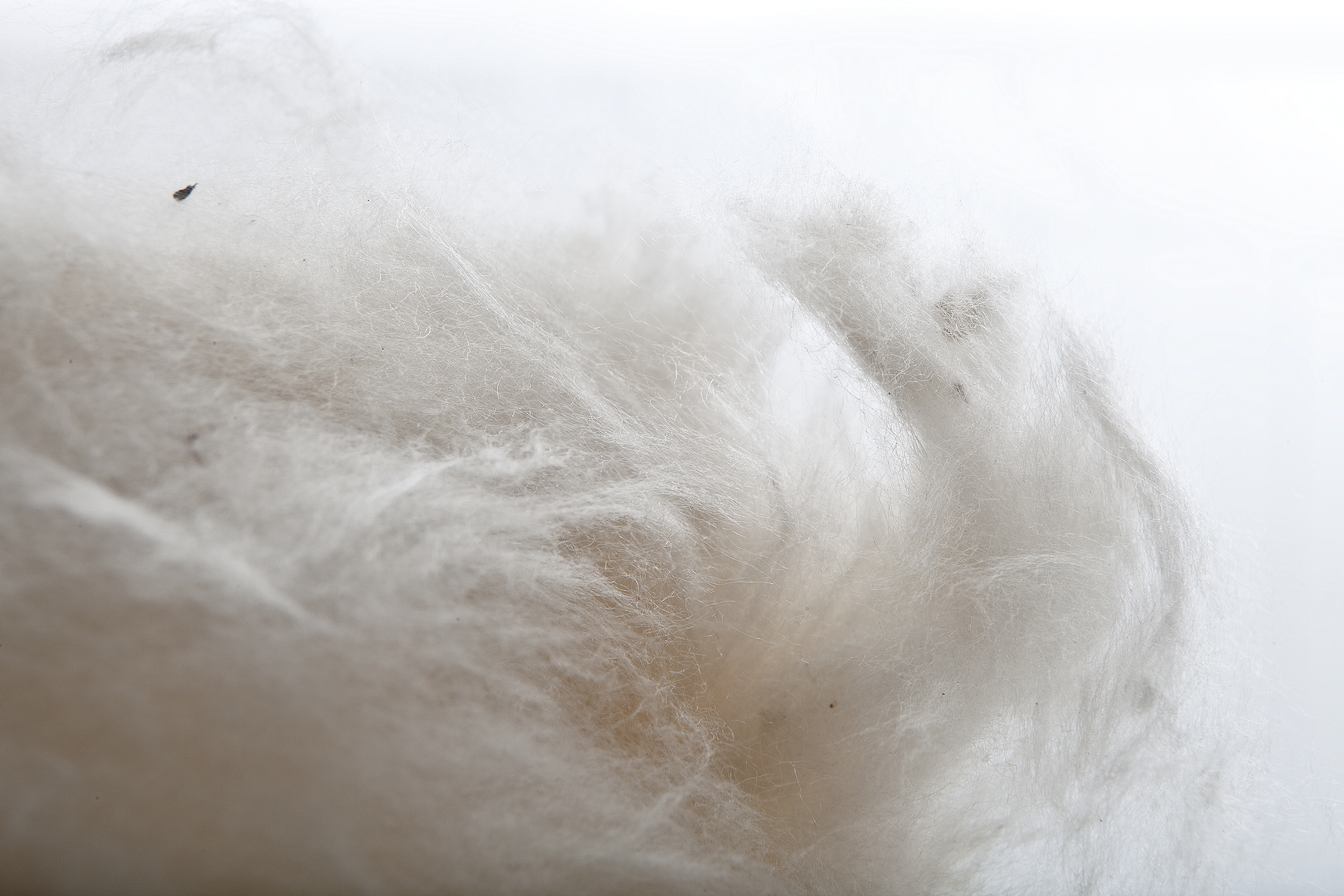“Kapok purifies the soul and brings nice dreams” ancient saying…
Kapok fiber is a cellulose fiber that comes from the Kapok tree – a tree that grows in the rainforest, in the sub and  tropical zone like South America, Africa and Asia. It can reach a height to 100m high, have a trunk of 3m in diameter and lives to 300 years old. The kapok tree is very important for the ecological balance in the rainforest, that by itself is called “lungs of the world”. This fantastic tree is the home for birds and also other plants.
tropical zone like South America, Africa and Asia. It can reach a height to 100m high, have a trunk of 3m in diameter and lives to 300 years old. The kapok tree is very important for the ecological balance in the rainforest, that by itself is called “lungs of the world”. This fantastic tree is the home for birds and also other plants.
The ancient Maya people believed that when you die, the soul climbs to the top of a kapok tree and then you are in heaven.
Kapok fiber comes from the pod which is the fruit. A full size kapok tree produces 500-4000 pods in one season. The pods are harvested without cutting down the tree therefore keeping the rainforest safe and undestroyed. There is no spraying of pesticides, insecticides and no artificial watering.
 Kapok fiber is the lightest fiber in the world, 8 times lighter than cotton fiber. It is covered with a thin layer of wax, that contains a substance that prevents insects and other pests from attacking the kapok tree and fruit. Therefore no mites can thrive in the kapok! Therefore it is especially suitable for people suffering from dust-mite allergy.
Kapok fiber is the lightest fiber in the world, 8 times lighter than cotton fiber. It is covered with a thin layer of wax, that contains a substance that prevents insects and other pests from attacking the kapok tree and fruit. Therefore no mites can thrive in the kapok! Therefore it is especially suitable for people suffering from dust-mite allergy.
Kapok fiber is perfectly breathable and clean, contains great thermoinsulating properties, yet very light and soft. It is also called “the poor man’s silk” due to its fabulous qualities and purity.
The whole kapok pod is used in the harvest. Kapok fiber – for filling mattresses or bedding (as CEIBA); Oil is produced from kapok seeds and the rest is used as cattle food. Kapok shell is hard and woody therefore it is used as fire wood.
Facts about Kapok Fibre
- The fibre can be 2–4 cm long
- The fibres contains approx. 80% air, it have thin walls of cellulose with many cavities.

- The fibres are fragile and break easily; therefore they are not suitable for weaving or spinning to textile fabric
- However, it is possible to weave kapok when it is mixed in small percentages of other fibres
- Kapok fibre is 8 times lighter than cotton
- Kapok fibre is hydrophobic (water-repellent) because the fibres are coated with a thin layer of wax
